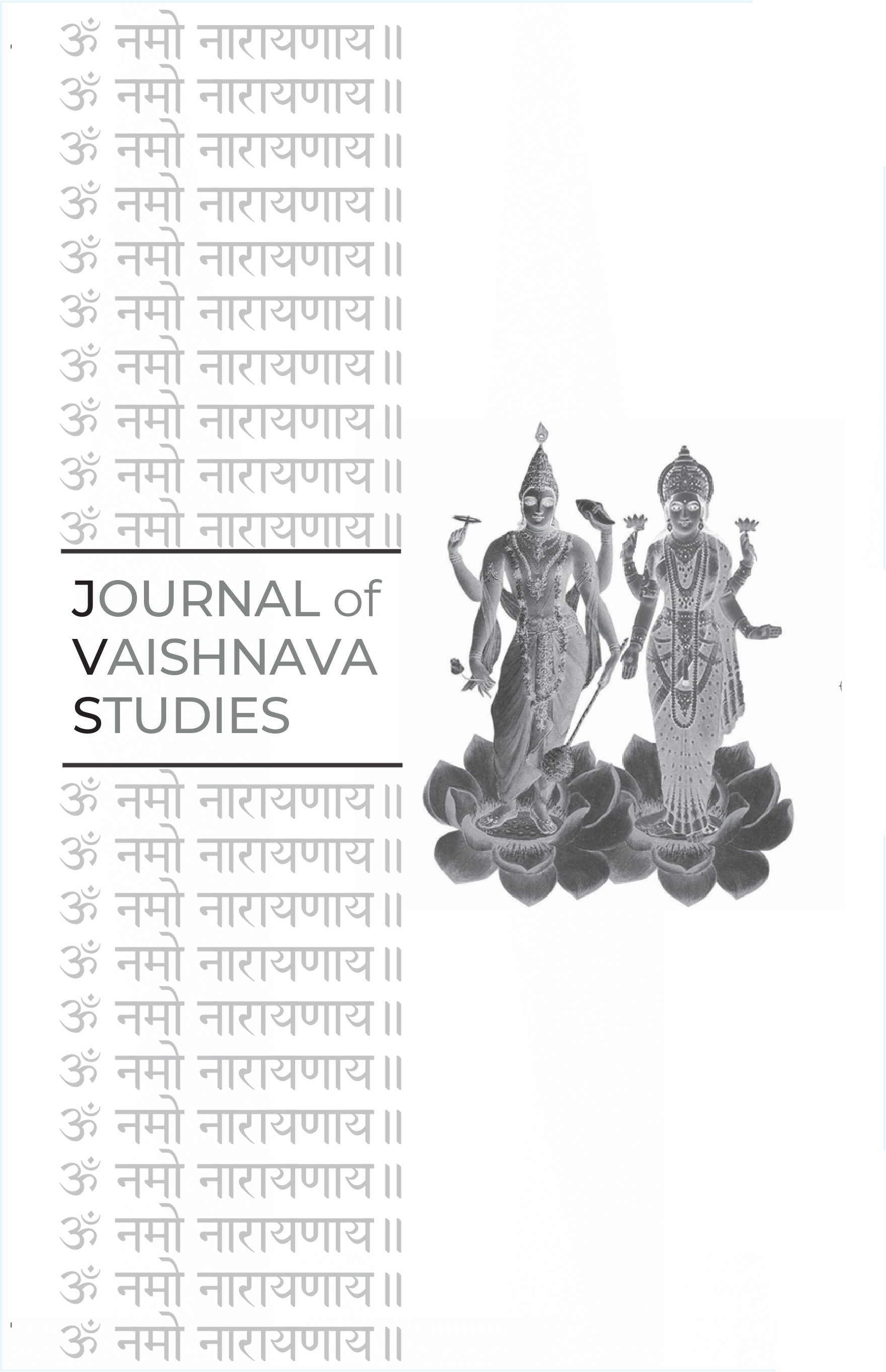The Vṛndāvana Gosvāmīs on Kīrtana
Keywords:
Vṛndāvana Gosvāmīs, Gauḍīya Vaiṣṇavism, kīrtana, bhakti-sādhana, nāma-kīrtana, rasa-theology, remembrance (smaraṇa), Rūpa Gosvāmī, Jīva Gosvāmī, devotional aestheticsAbstract
Måns Broo examines the theological and performative dimensions of kīrtana as articulated by the Six Gosvāmīs of Vṛndāvana, the foundational theologians of Gauḍīya Vaiṣṇavism. Drawing on original Sanskrit texts—particularly the Bhakti-rasāmṛta-sindhu of Rūpa Gosvāmī and the Sat-sandarbhas of Jīva Gosvāmī—Broo outlines how kīrtana is positioned within the broader taxonomy of bhakti-sādhana (devotional practice). He notes that while the Gosvāmīs drew on earlier Purāṇic and Tantric traditions, they advanced a uniquely rasa-theological model, wherein kīrtana serves both as aesthetic experience and ontological transformation. The article explores how nāma-kīrtana (chanting the divine names) is valued not merely for its soteriological efficacy in Kali Yuga, but for its intimate alignment with Kṛṣṇa’s own līlā, particularly as it evokes Vraja’s erotic and pastoral moods. Broo also emphasizes the interiority of Gauḍīya kīrtana—as a contemplative act of bhāva-absorption—while remaining open to communal enactment. By framing kīrtana as a theological practice of embodiment and remembrance (smaraṇa), the Gosvāmīs invest it with metaphysical weight, aesthetic elegance, and devotional immediacy.Published
2009-06-20
Issue
Section
Articles





